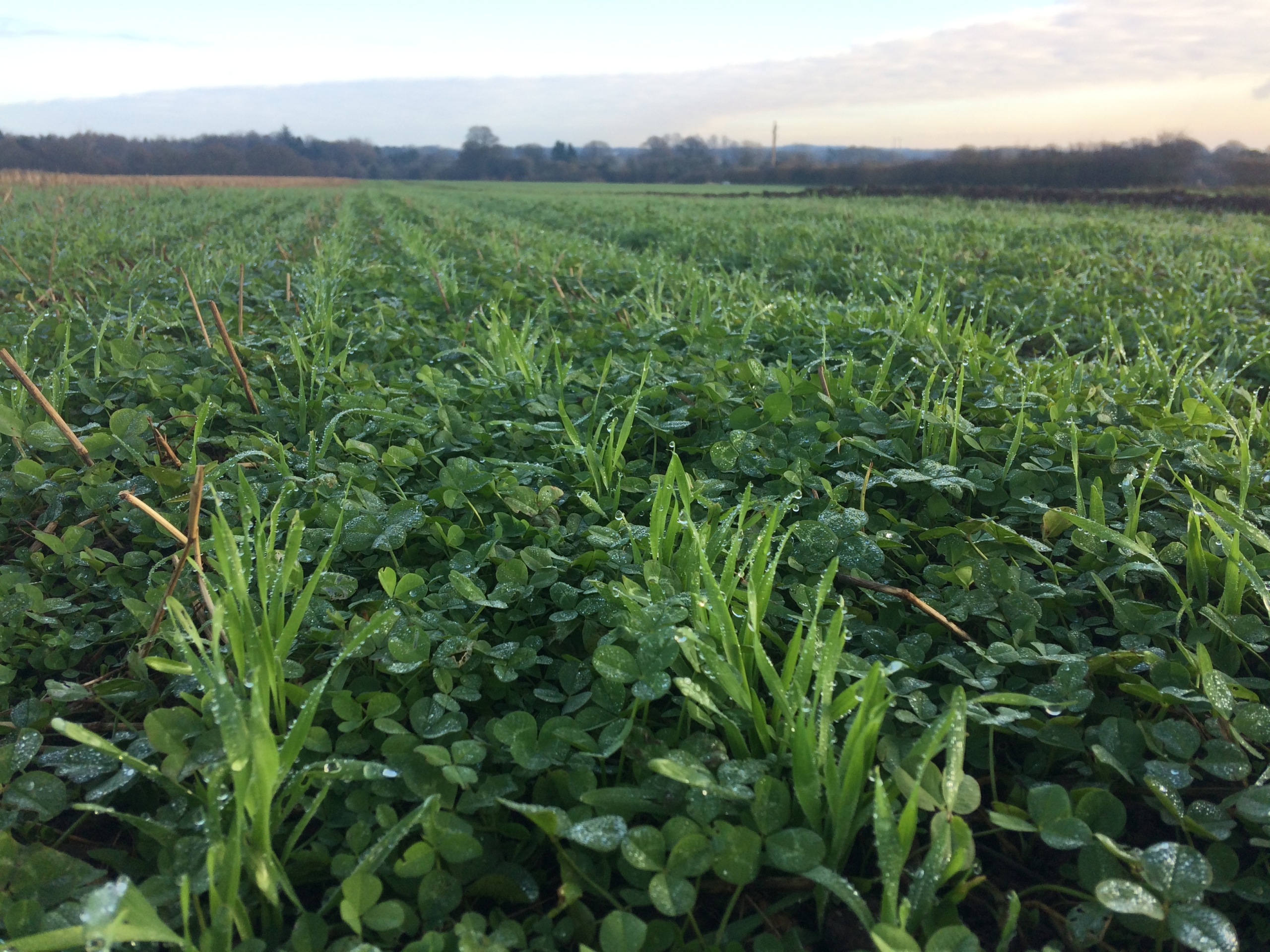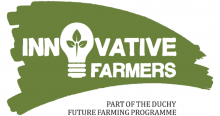Share your experiences here

Interest is growing in using legumes like lucerne or clover as a permanent understory to cereal crops to provide nitrogen through the season.
Recommended Content
Content below is from across the PEP community and is not necessarily endorsed by Stewards or by PEP
Connected Content
Regenerative farming looks to optimise the use of the ecological system and environment, in order to benefit from the natural ecosystem services that they provide.
Nitrogen is required annually by most crops (except pulses) to achieve yield and quality. Judging how much N to apply is a key part of nutrient management.
The intricate web of relationships between physical, chemical and biological soil components underpins crop and livestock health and productivity.
Farmers, advisors and researchers working together to understand and improve crop nutrition on-farm
Some symbiotic or free-living microorganisms can fix inert di-nitrogen (N) from the air into reactive organic nitrogenous compounds. Most biological N fixation (BNF) in farming systems occurs in the root nodules of legumes where rhizobium bacteria take photosynthates from the plant in exchange for fixing atmospheric N and returning ammonium or amides which the plant uses to form amino acids, proteins, etc. Plants need more N than any other nutrient and N commonly limits plant growth in many ecosystems.
Cover crops are grown primarily to ‘protect or improve’ soils between periods of regular crop production. They can be effective at improving soil functions by increasing soil nutrient and water retention, improving soil structure/quality, reducing the risk of soil erosion, surface run-off and diffuse pollution by providing soil cover and by managing weeds or soil-borne pests.
Share your ideas and experience of how to improve nutrient efficiency and reduce dependence on artificial fertilisers
Recording from session at Groundswell 2022 with summary below from Agricology
Crop establishment is a critical phase in agriculture that involves the process of establishing crops in the field to ensure their successful growth and development.
This field lab's objective is to investigate the potential of living mulches, creating a permanent clover understory to suppress weeds, cycle nutrients, protect and enhance soil health, as a means to achieving organic and low-input no-till systems - that can be more sustainable than those systems they seek to replace.
This group of commercial blackcurrant growers are exploring living mulches as an alternative weed control method to reduce herbicide use. The objective of the trial is to test a range of different living mulch species/ mixes to determine if they could offer a viable alternative method of weed control in bush and cane fruit. This field lab has been instigated by blackcurrant growers Ltd.’s R&D committee.
This is the final report detailing Innovative Farmers field lab trials which aimed to determine the impacts of living mulches on cash crop yields and weed composition.
In a recent RASE Farm of the Future webinar, three farmers shared their experiences of putting regenerative farming theory into practice.
Through Innovative Farmers, a group of organic and conventional farmers have teamed up with the Organic Research Centre and AHDB to investigate how to grow living mulches.
As part of the AICC Crop Nutrition Club 2023, this on-farm winter wheat trial tested the benefits of clover living mulches in winter wheat. The trial was facilitated by a local AICC advisor, with support and Agronomics yield map analysis from ADAS.



